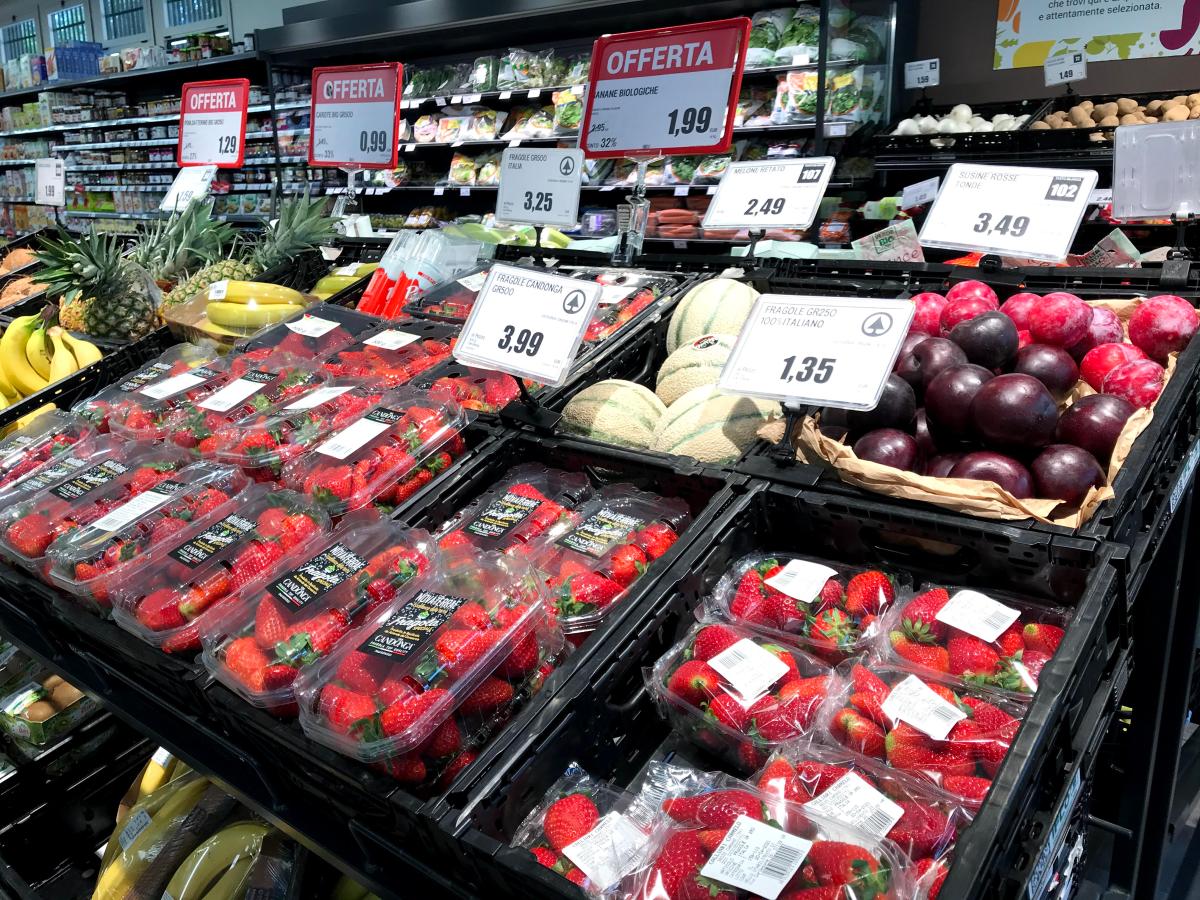Area under berries is also growing in Italy, although at a lower rate than the increase in consumption. The Italian supply is still limited in relation to the growth in consumer demand so there is still opportunity to increase the area in the short term. Growth for blueberry is significant, but other species such as raspberries, blackberries and currants are also tending to increase. Only gooseberries are grown marginally and have shown no development.
According to the CSO, the upward trend of recent years has continued in this 2021, with a +10% over 2020 with almost 2,200 hectares in Italy as a whole.
"The updated estimate of the areas up to 2021 confirms the expansion trend that has been going on for several years in several regions. Overall, we are talking about just under 2,200 hectares, an increase of 10% in just one year, and just three years ago these areas were less than 1,700 hectares. So the upward trend is very clear," said Tomas Bosi in his speech at Italian Berry Day.
| 2018 | 2019 | 2020 | 2021 | |
| blueberries | 1042 | 1143 | 1272 | 1390 |
| raspberries | 327 | 380 | 355 | 399 |
| blackberries | 160 | 169 | 188 | 204 |
| Currant | 146 | 157 | 161 | 178 |
Among all species of berries, blueberries -as the CSO Italy representative pointed out-are the most widespread and stand at nearly 1,400 hectares (+9% over 2020); followed by raspberries, which have risen to about 400 hectares (+12%) and, more distant but rising, blackberries with just over 200 hectares dedicated. Finally there are currants with about 180 hectares.
The production of berries is spread over several Italian regions, with a predominance in the north but diffusion in all major climatic areas from the Alps to southern Sicily.

BLUEBERRIES
"Apart from the variation compared to the previous year, it must be said that the range of production covers all species," explained Bosi. First and foremost, blueberries: production is still mainly tied to the northern regions, which hold 90% of the national plantings; Piedmont predominates over the other northern regions (Veneto, Trentino and Lombardy). There are also signs of growth in the South, where almost 100 hectares have been reached, thanks to a good acceleration in the last two years.

However, the expansion of the areas appears to be "held back" by the high costs of establishment (initial investment in general, raw materials, etc.) and management in terms of labour (especially in the harvesting phase, where it is difficult to mechanise).
RASPBERRIES
Raspberries showed the same growth curve, with an increase in production especially in the South, while in the North the figures were more or less stable, especially in the main production regions such as Trentino Alto Adige, Piedmont, Veneto, Lombardy and Emilia-Romagna.

Larger areas currently in Trentino, followed by Piedmont, Veneto, Lombardy and Emilia-Romagna.

BLACKBERRIES
Trentino and Veneto vie for the top spot in terms of area of blackberries, but interest, also in this species, is growing almost everywhere along the Peninsula including the far south.

Italy: surface trend a blackberries 2018-2021 (source: CSO)
CURRANT
As far as currants are concerned, the areas are increasing but naturally the level of diffusion is considerably lower than for the more cultivated species. Again, Trentino dominates over the other northern regions. There is a slight supply in central Italy while there is no significant development in the south.


ORGANIC
From the information available, there is also growth for organic produce (+15% average per year, although the trend seems to be slowing down). Already during 2019 the areas were close to 600 hectares as a whole berries in Italy (source SINAB).
About 30% of the cultivated areas in Italy are organic. The largest cultivated area is in Piedmont, followed by Lombardy, Emilia-Romagna, Tuscany and Trentino Alto Adige. The most representative BIO products are blueberries and raspberries.








